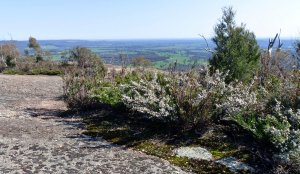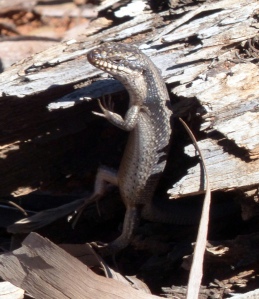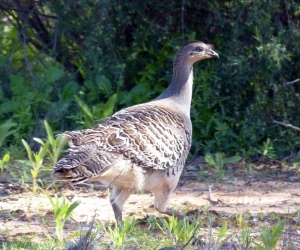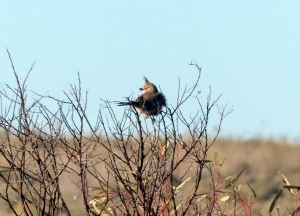Reading and listening to many personal accounts of life during 2020 constantly reminded us of how lucky we are to live in our relatively isolated tropical paradise. While we continue to abide by any recommended Coronovirus safety procedures we have been able to enjoy many wonderful experiences with close friends in our local area. A morning with our friend Murray on one his Daintree Boatman tours is always a delight, especially when the tides are suitable for him to navigate Barratt Creek. He always gives us plenty of time to admire these magnificent Water Gums – Tristaniopsis exiliflora which grow next to the outflow from our wetlands. I don’t know their age but I have loved these trees since I first saw them in 1985.


We have been fortunate in that we had already planned for a year at home in 2020, long before the current global pandemic took hold. Last year we caught up with several building maintenance issues in addition to giving our house garden and orchard some much needed tender loving care. Allowing ourselves time to simply enjoy being here, in addition to the satisfaction we have in our achievement has given us both a renewed love for Wild Wings & Swampy Things. It is a wonderful feeling to admire trees that we have grown from seed which are now providing food and shelter for our local wildlife.
One of the major regular tasks is grass mowing which, although considerably reduced in recent years, remains an energy consuming activity. Earlier this year I had my first experience of walking through a ‘food forest’ harvesting fruit from a variety of trees as we went. Although I knew of the concept I hadn’t experienced the sheer delight and I was inspired to rethink our house garden as well as the orchard. After collecting seed from fruit gifted to me during the abundant tropical summer harvesting period I have grown a collection of several exotic tropical fruit trees to add to the diversity in our orchard as well as creating a more productive garden near the house.


Just looking at that photo of the Marang takes me back to our hot and humid summer days spent sharing a wonderful variety of fruits and making new friends.
From exotic fruit to native rainforest – such is the diversity of our lives. We continue our voluntary work with Rainforest Rescue identifying properties which may be suitable for purchase and subsequent protection. We make a thorough assessment of the property’s vegetation on site which gives us the opportunity to explore some interesting forest. It also exercises our memories or in my case, tests my identification skills as I’m not as methodical as Allen! This is followed by a check through a criteria list that Allen has developed, taking in to account the property’s connectivity to National Park, World Heritage or other protected land, it’s likelihood of being settled, the extent of weed incursions etc.

Allen is also spending time collecting seed for the Rainforest Rescue nursery, as production is increasing to meet the demand for trees. We are pleased that there are now a number of large regeneration projects happening in the area – wonderfully positive news!



There is so much to observe in the rainforest, so much beauty on the forest floor, the trunks of the trees and the everchanging shapes and hues of the foliage as light filters through.

We have always known that a walk in the forest is good for our souls – I believe the term is now ‘forest bathing’? Whatever it might be called we hope that residents and visitors to the area will still be able to experience a quiet walk through tropical rainforest in the years ahead.










































 A Grey Kangaroo and her offspring were also making the most of the sun’s warmth so we stayed still and, like them, warmed up after the chilly night,
A Grey Kangaroo and her offspring were also making the most of the sun’s warmth so we stayed still and, like them, warmed up after the chilly night,




 This is one Chenopod we were able to identify thanks to its colourful fruit.
This is one Chenopod we were able to identify thanks to its colourful fruit.





























